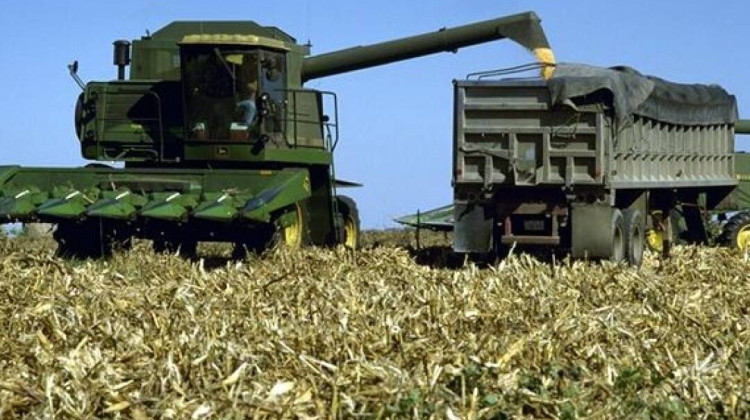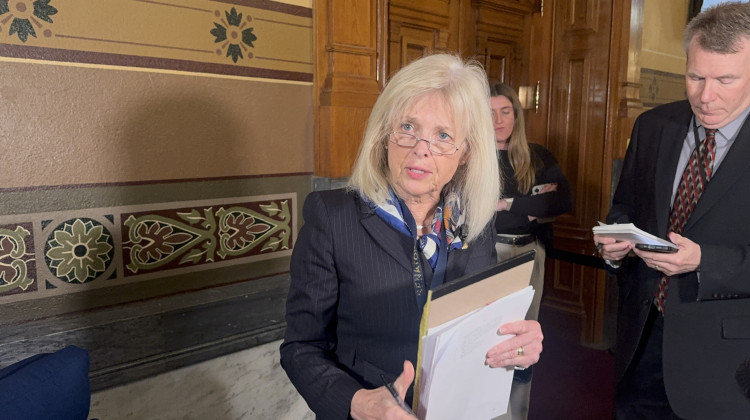
Indianapolis-area companies like Ski Landscaping, whose workers are seen on the job here, make up the bulk of Indiana's relatively small number of H-2B visa users.
Courtesy Ski LandscapingFederal officials have closed a one-time extension for companies that needed more temporary visa workers – landscapers and other non-farm laborers.
Indiana brings in hundreds of these workers a year and makes up about one percent of the program nationwide.
Typically, nearly half of the nation’s H-2B workers are landscapers, and that proportion is even higher in Indiana.
For fiscal year 2017, more than 70 percent of the state’s 1,550 H-2B visa workers were brought on in landscaping jobs.
Most work around Indianapolis, at companies like Ski Landscaping. Vice president Philip Wolski says to get authorized to use H-2Bs, the company has to prove to federal officials it’s tried and failed to hire locals and needs the help.
“If we didn’t have these visa workers, well, we probably couldn’t do 75 percent of what we do,” Wolski says. “No kidding.”
Work at his company is tough and dirty, he says, and fewer and fewer Americans want the jobs.
Wolski says his 36 visa workers this year, all from Mexico, share apartments from February to November and send wages of $12.22 an hour plus overtime to family back home.
“They’re the salt of the earth – they’re good people,” he says. “They love to come up here and work real hard, and… then they go back to Mexico, and they’re glad to go back.”
Nationwide, companies requested visas for more than 13,000 extra H-2B workers during this year’s temporary extension. There’s no data yet on how many will work in Indiana.
Indiana’s most-used visa is the H-1B, for skilled foreign workers. It’s often used on engineering jobs at big international companies like Cummins Diesel in Columbus.
Below are the 2016 totals from the U.S. Department of Labor.
 DONATE
DONATE









 Support WFYI. We can't do it without you.
Support WFYI. We can't do it without you.